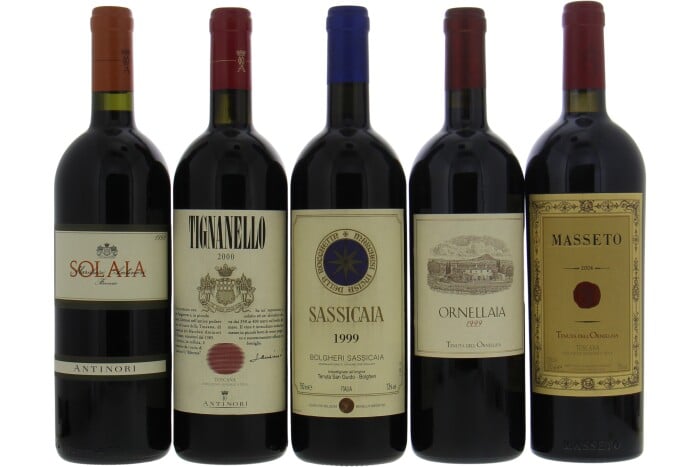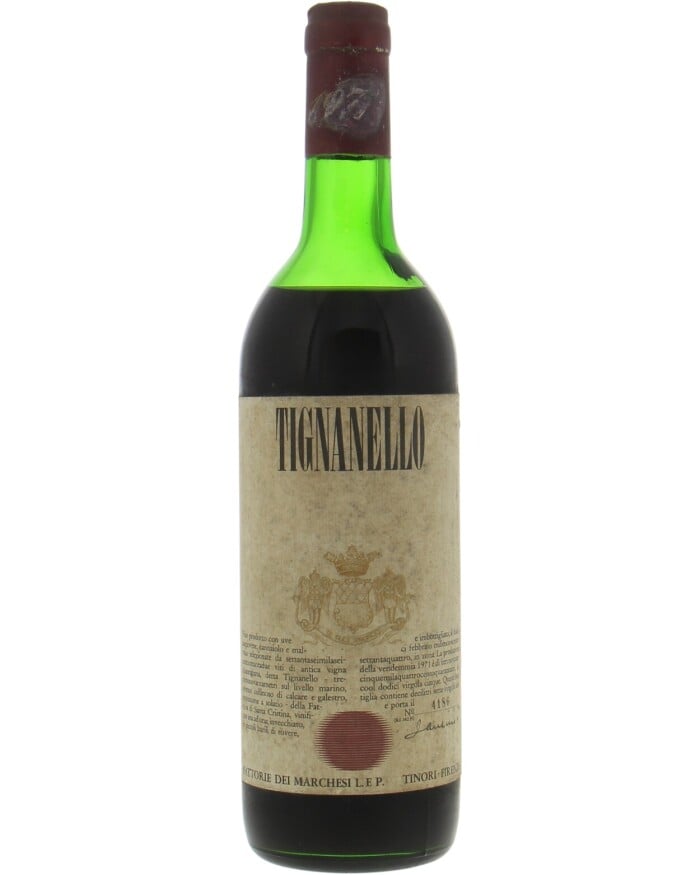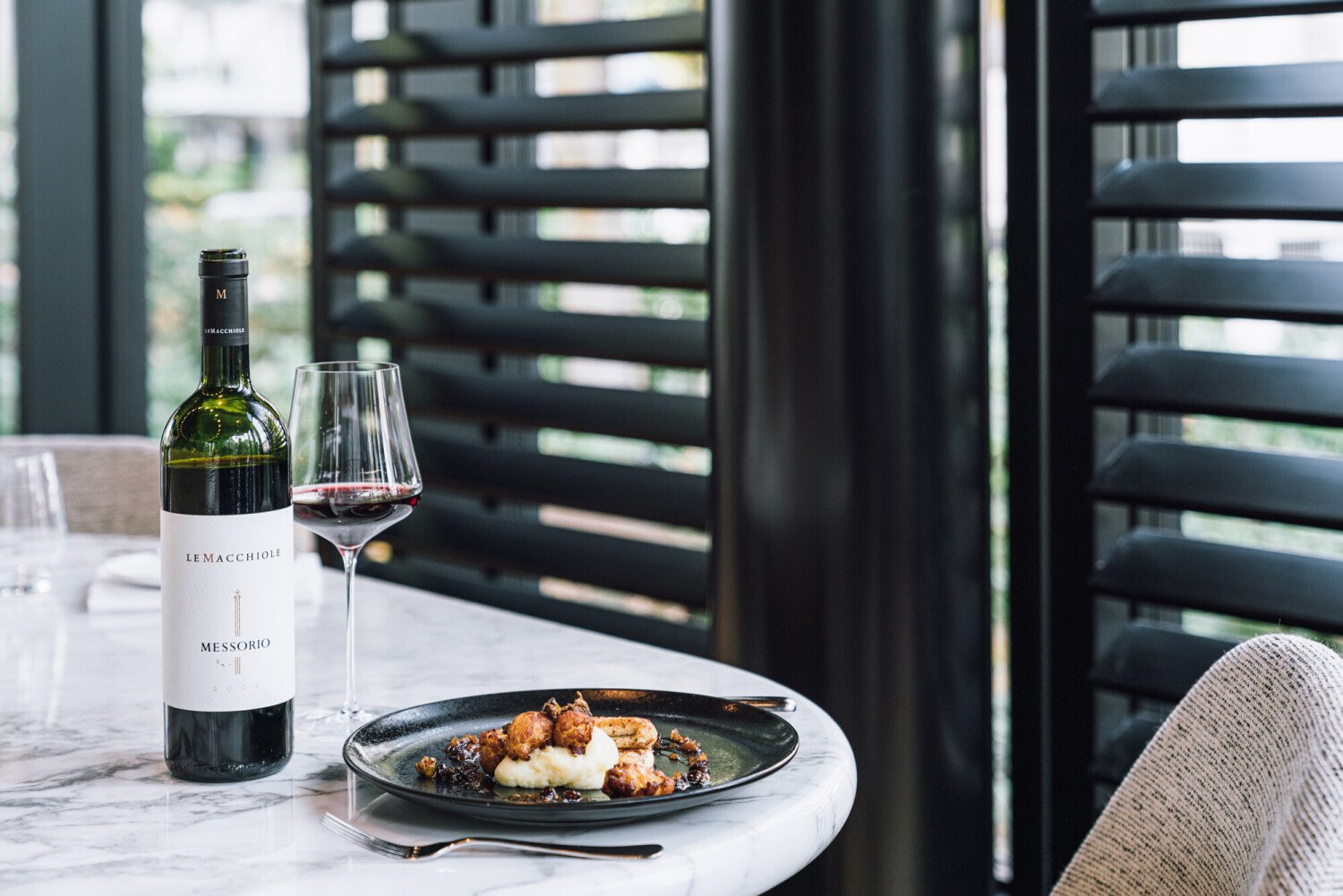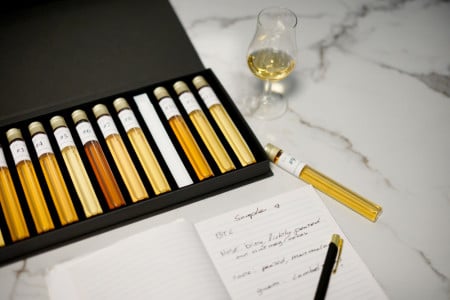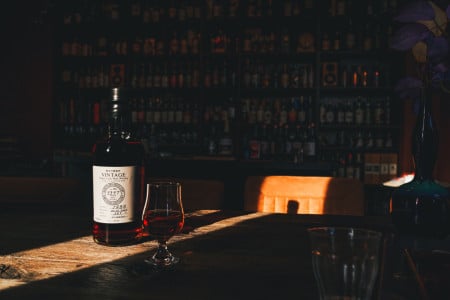Names such as Sassicaia, Ornellaia and Tignanello continue to resound through the wine world like a thunderous echo of pleasure. What do these vinophile giants have in common? They are all Super Tuscans. In other words, wines that come from Tuscany and are committed to an international wine style. And they simply don't fit into any of the Tuscany rules. Which is why for a long time they had to be marketed as simple country wines, i.e. Vino da Tavola. Until they were given their own quality category, IGT (Indicazione Geografica Tipica), in 1992, which boosted sales once again.
Since the 1970s, there have been many myths surrounding the so-called Super Tuscans, which are often referred to as Supertuscans in Italy and internationally. There is talk of rebels and innovators. Or of ingenious marketers and pioneers. However, the Super Tuscans did not even have a name until the 1980s, although they had already been causing a furore for a decade. It's high time we took a closer look at the phenomenon of the Super Tuscans. And it started in two different places in Tuscany in two different years. And yet everything is connected.


